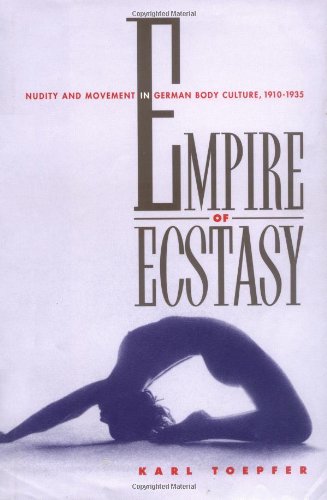Asja Lacis: Revolutionär im Beruf, Berichte über proletarisches Theater, über Meyerhold, Brecht, Benjamin und Piscator (1971) [German]
Filed under book | Tags: · 1910s, 1920s, 1930s, avant-garde, experimental theatre, germany, theatre, weimar republic

A memoir of the theatre director, actress and pedagogue Asja Lacis follows her life and theatre work in revolutionary Russia and the Weimar Republic, and offers commentary on work and ideas of avant-garde artists and groups of the time. Lacis was a personal friend and collaborator of Walter Benjamin and Bertolt Brecht (whom she introduced to each other), Erwin Piscator and Bernhard Reich, among others. She was a primary influence in moving Benjamin to the Left. Along with Reich she was also responsible for making Brecht known in the Soviet Union.
Edited by Hildegard Brenner
Publisher Rogner & Bernhard, Munich, 1971
132 pages
via richardb
Review (Patty Lee Parmalee, New German Critique, 1975, in English)
The Writing of Asja Lacis (Susan Ingram, New German Critique, 2002, 19 pp, in English)
Commentary (Susan Ingram, 2003)
PDF (no OCR)
Comment (0)Karl Toepfer: Empire of Ecstasy: Nudity and Movement in German Body Culture, 1910-1935 (1997)
Filed under book | Tags: · 1910s, 1920s, 1930s, avant-garde, ballet, bauhaus, body, dance, expressionism, germany, photography, theatre, weimar republic

Empire of Ecstasy offers an interpretation of the explosion of German body culture between the two wars—nudism and nude dancing, gymnastics and dance training, dance photography and criticism, and diverse genres of performance from solo dancing to mass movement choirs. Karl Toepfer presents this dynamic subject as a vital and historically unique construction of “modern identity.”
The modern body, radiating freedom and power, appeared to Weimar artists and intelligentsia to be the source of a transgressive energy, as well as the sign and manifestation of powerful, mysterious “inner” conditions. Toepfer shows how this view of the modern body sought to extend the aesthetic experience beyond the boundaries imposed by rationalized life and to transcend these limits in search of ecstasy. With the help of much unpublished or long-forgotten archival material (including many little-known photographs), he investigates the process of constructing an “empire” of appropriative impulses toward ecstasy.
Toepfer presents the work of such well-known figures as Rudolf Laban, Mary Wigman, and Oskar Schlemmer, along with less-known but equally fascinating body culture practitioners. His book is certain to become required reading for historians of dance, body culture, and modernism.
Publisher University of California Press, 1997
ISBN 0520918274, 9780520918276
422 pages
PDF’d HTML, HTML (from the publisher)
See also Mel Gordon, Voluptuous Panic: The Erotic World of Weimar Berlin, 2000–.
Comment (0)Thomas Ort: Art and Life in Modernist Prague: Karel Čapek and his Generation, 1911-1938 (2013)
Filed under book | Tags: · 1910s, 1920s, 1930s, art, art history, austria-hungary, avant-garde, cubism, czechoslovakia, history of literature, literature, philosophy, poetry

“In most histories of Europe before the First World War, modern life in Habsburg Mitteleuropa takes on a decidedly gloomy cast. Centering on Vienna in the twilight years of the Austro-Hungarian Empire, such accounts describe the failure of rationalism and the rise of a dangerous politics of fantasy. This book tells a different story, highlighting a generation of Czech writers and artists distinguished by their affirmative encounter with the modern world in the first decades of the twentieth century. Novelist and playwright Karel Čapek, along with other members of his cohort, embraced the possibilities of the post-Habsburg era. Tracing the roots of Čapek’s generation to cubist art and turn-of-the-century philosophy, author Thomas Ort shows that the form of modernism they championed led not into the thickets of fascism or communism but in fact closer to liberal political ideals.”
Publisher Palgrave Macmillan, 2013
Palgrave Studies in Cultural and Intellectual History series
ISBN 1137188863, 9781137188861
276 pages

